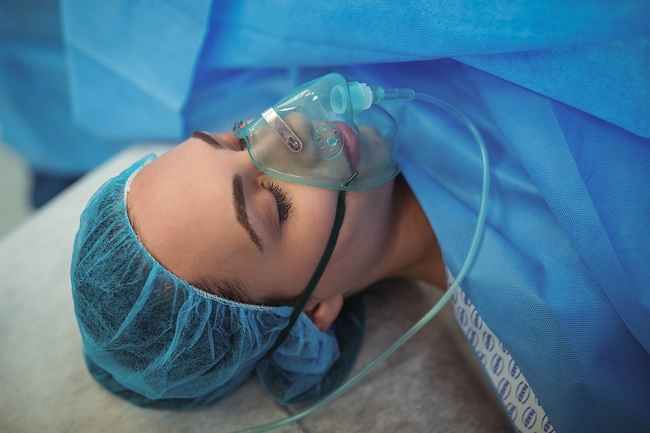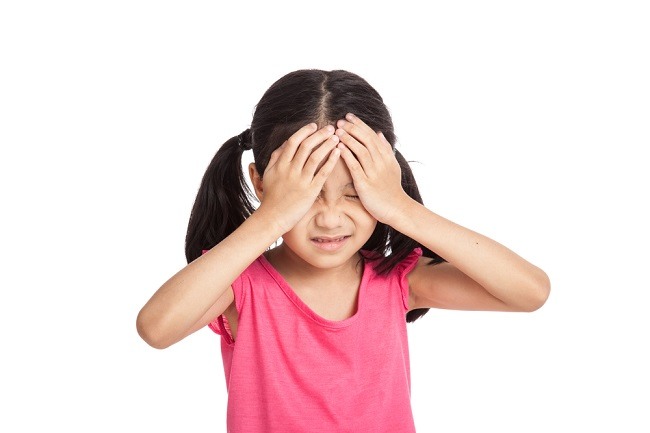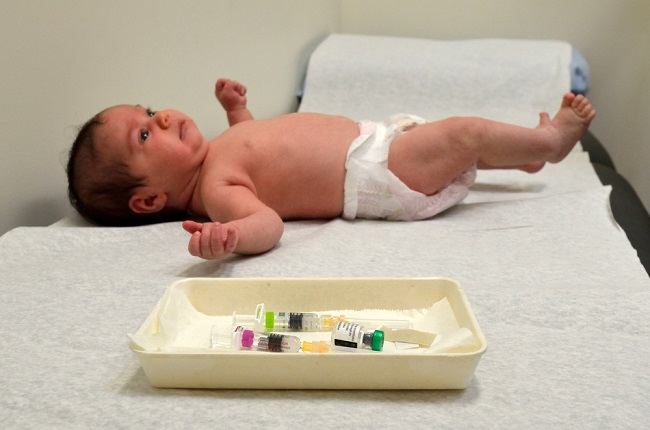Pediatric ophthalmologist ophthalmologist is a doctor eye specialist focused on diagnosing and handle children's eye health, both existing from birth and acquired after birth.
Ophthalmologists, pediatric ophthalmologists, have a special ability to recognize signs of eye disorders or abnormalities, even though children and infants cannot express the complaints they feel. Pediatric ophthalmology ophthalmologists also have a special approach, so that children can feel comfortable during the examination and treatment.

disease that handledOphthalmologist Pediatrician OftalMology
There are various eye diseases that are treated by pediatric ophthalmologists, including:
1. Clogged tear ducts
Blockage of the tear ducts is usually experienced by newborns because the tear ducts are not fully developed. At least, 1 in 20 babies experience this complaint. Babies who suffer from blocked tear ducts usually experience watery eyes, especially when they wake up from sleep.
This condition is actually nothing to worry about because it will generally heal on its own. However, if your baby's eyes are red, swollen, or have discharge or greenish discharge, take him to a pediatric ophthalmologist immediately.
2. Cataract
Although common in the elderly, children can also develop cataracts. Cataracts in children can be present at birth (congenital cataracts) or develop in childhood as a result of other diseases, such as diabetes or galactosemia.
This condition is characterized by the black part of the eye that looks gray or whitish. In addition, the baby will also not respond to visual stimuli (vision) around him.
3. Amblyopia or lazy eye
Amblyopia or lazy eye is a visual disorder that occurs because the brain and eyes are not connected properly, resulting in decreased vision. This condition occurs in one eye only and usually appears at the age of 0-7 years.
Lazy eye is characterized by a variety of symptoms, including:
- Movement of one eye that is out of sync with the other eye.
- One eye often moves outward or inward (squint).
- Children are often seen squinting their eyes.
- Children often hit objects. The object that is hit is usually on the side of the eye that is affected.
- Children often tilt their eyes when they are looking at something.
- Children have difficulty estimating distance.
- The child complains of double vision.
4. Cross-eyed
Crossed eyes or strabismus is a visual disturbance that occurs when the eyes are not aligned and look in different directions. This condition is generally caused by impaired eye muscle coordination and usually occurs in children aged 1-4 years.
5. Eye injuries
Children are prone to eye injuries, especially if they are active in basketball, baseball, football and tennis. Eye injuries caused by hitting a blunt object, such as a basketball or tennis ball, can cause a variety of complaints.
If you have a minor injury, your child's eyelids may be bruised or swollen, while severe injuries can cause bleeding inside the eye and fractures of the bones around the eye muscles, so he or she needs immediate medical attention.
When should a child be taken to a pediatric ophthalmologist?
You are advised to have your child checked by an ophthalmologist, a pediatric ophthalmologist, if there is a family member who has a history of congenital eye disorders. In addition to heredity, you are advised to take your child to a pediatric ophthalmologist ophthalmologist if he experiences the following complaints:
- Her eyes are constantly watering
- Often rub your eyes even though you're not sleepy
- Sensitive to light
- Red eyes that don't go away
- Eyes look crossed
- Eyes look slanted
- Often tilts your eyes when you see something
- Eyes or eyelids look protruding
- The black part of the eye looks gray or whitish
What to Prepare Before Meeting an Ophthalmologist Pediatric Ophthalmologist?
Before meeting with an ophthalmologist, pediatric ophthalmologist, you are advised to prepare information about:
- Symptoms and complaints experienced by children in detail and complete
- History of eye injury, wearing glasses, or eye surgery in children
- A history of illness suffered by the child and a history of disease in the family that may be passed on to the child.
- The results of previous medical examinations, such as eye screening and also medications or supplements that the child is currently taking.
Eye health affects a child's physical, emotional and social development. So, it is important to make sure that your child can see clearly. For that, check your child's eye health regularly to an ophthalmologist, a pediatric ophthalmologist.
A child's eye examination can be done in the first days of birth to determine whether there are congenital abnormalities in the eye. Furthermore, it is recommended that you have your child's eyes checked at the age of 1-2 months, 1 year, and 4 years.









